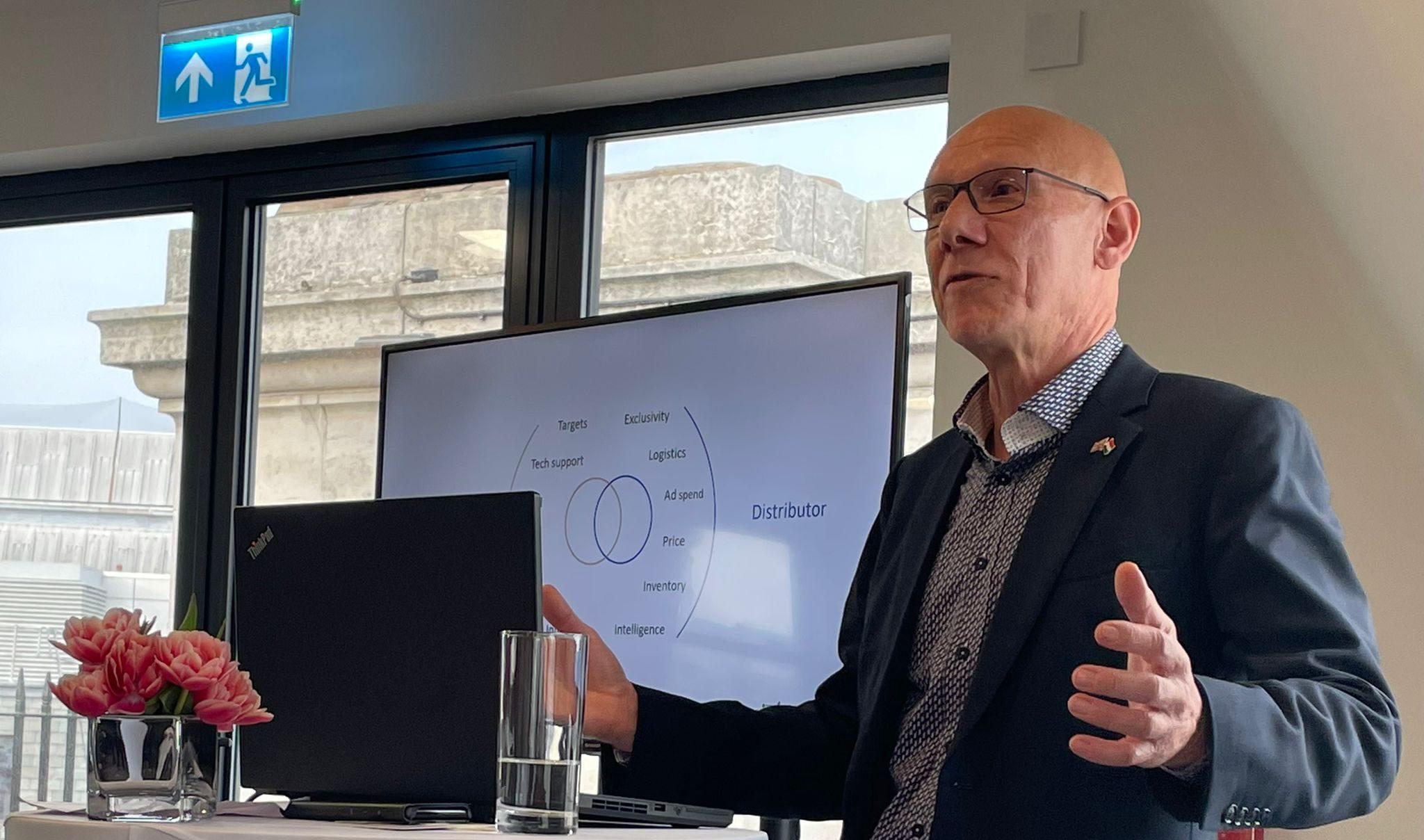The HBBA is all about collaboration and it is in that spirit that any partnership between a Principal and a Distributor should be undertaken.

Collaboration works best when both parties understand what is expected of them to generate mutual success.
As depicted in the graphic above, the interests of a Principal and Distributor are unlikely to entirely overlap. For example, the principal will operate in other territories and the Distributor is likely to represent other brands as well as their own.
The graphic below indicates some of the key considerations and on which side the relationship the primary responsibility and control might lie:

These areas of responsibility and control within the relationship may blur and require consultation within the scope of any legal contract.
The principal will want to control the perception of its brand, but the distributor has the relationship with the end user and is largely responsible for inventory. For example, if the distributor has cashflow constraints, it may want to move stock quickly and resort to discounting, which may have a negative impact on brand perception.
The principal controls unit cost, but this is often impacted by volumes, so the size of orders placed by distributors affects volumes and hence unit cost. However, size of orders placed are likely to be impacted by the payment terms agreed. Better payment terms for the distributor means it can sell some stock prior to paying for it.
Payment terms are likely to be negotiated with respect to targets and discount levels. These will normally progress as the relationship becomes established and traction increases.
The speed the distributor moves its stock will depend on the amount of promotional activity it is able or willing to fund. This maybe consolidated across multiple brands or packaged across several brands.
However, in early stages, distributors may request help to pay for advertising from its principals, so there can be a sliding scale where the level of discount increases and any contribution to advertising decreases in line with increasing volume targets.
The thorny issue of exclusivity will also need to be carefully considered and balanced against the targets requested and discounts offered. Bear in mind that exclusivity may reduce the access a principal has to the end user in terms of valuable market intelligence to help with future innovation.
Larger distributors are likely to have greater logistics and customer access, which should be able to create a steeper sales curve when entering a new territory.
Typically, any growth curve resembles an ‘S’ with a relatively slow start, a steeper growth phase and then a slowing of growth due to logistical limitations or market saturation.

The above graphical representation by volumes between direct versus via a distributor, shows the ‘S’ curve for a distributor compared to the slower growth usually seen when going direct.
This difference should be balanced by the significant discount often required by the best distributors, sometimes as high as 65%. The graphical representation by revenues net of such a discount is shown below.

Of course, the distributor discount includes for them promoting the product, so the graphical representation below shows direct sales net of a 20% ad spend and you can see the comparative crossover moves further out.

We should also compensate for logistical overheads, but as this varies considerably depending on the type of product, this exercise has been left for you.
You should also model the impact on the cash requirement of going direct or via distributor as many smaller companies may not be able to fund a direct campaign.
Below is a useful summary table of the pros and cons of trading in a territory directly versus via distributors.

Before deciding whether to enter a market directly or via a distributor, it is also important to consider the impact on the valuation of the business, especially in terms of exit strategy.
Whatever you decide, we wish you every success.


